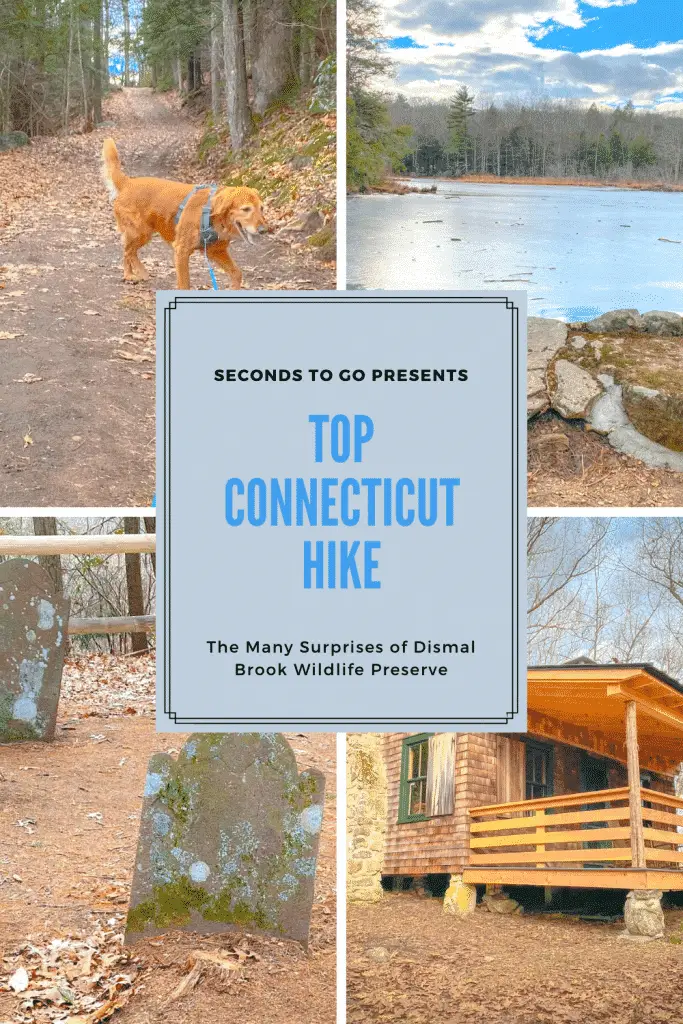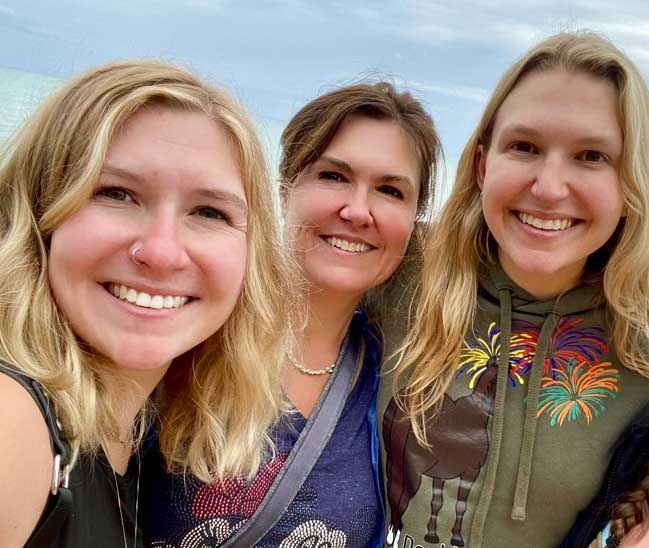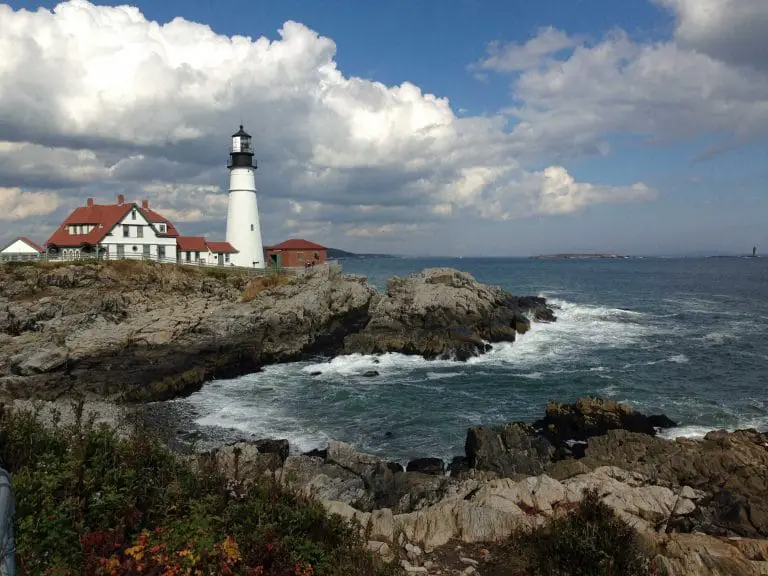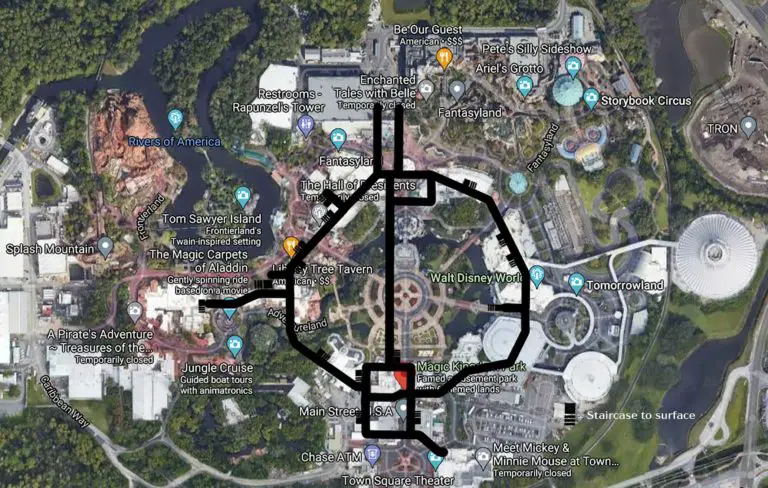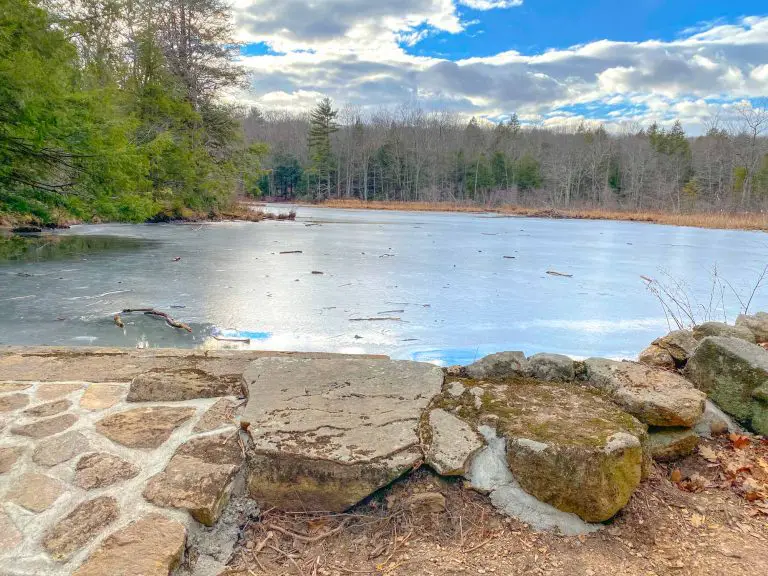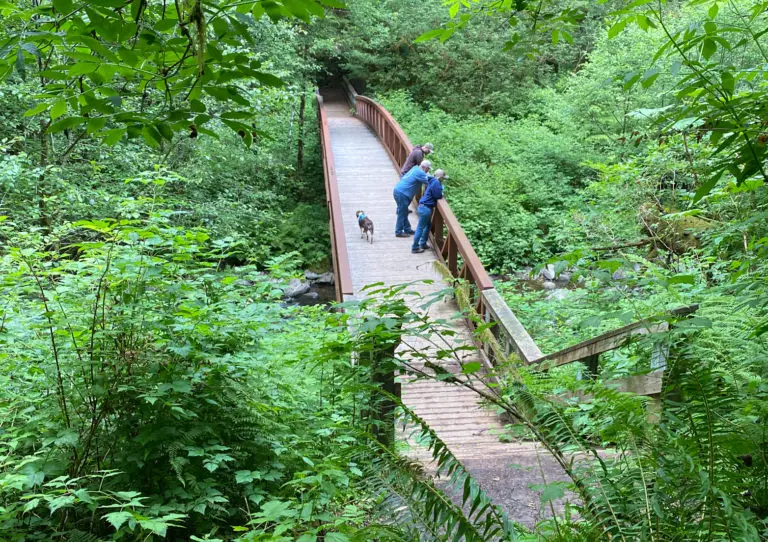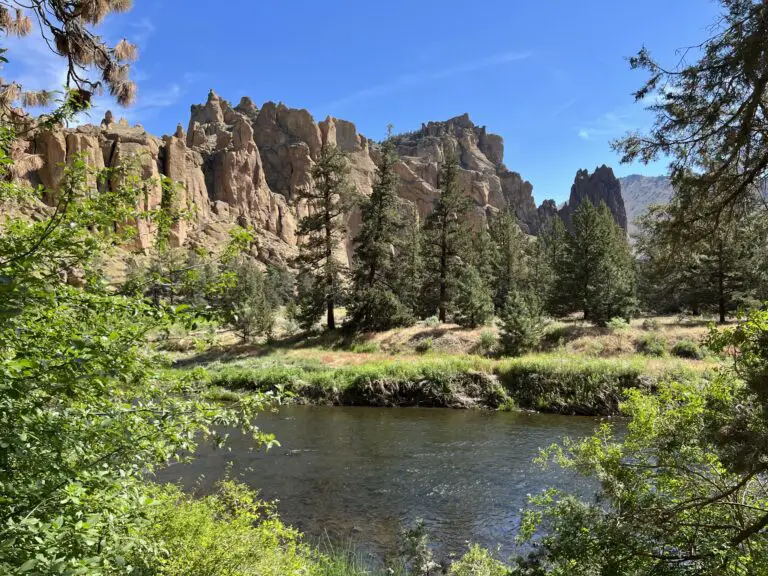Many of New England’s hikes blend history with the modern day, but few do it as seamlessly as the trails at Lovers Leap State Park in Connecticut. Explore history against the modern backdrop of the state’s rural New Milford countryside and learn a thing or two about local legends. It’s up to you to decide what’s true.
Exploring the History of Lovers Leap Connecticut
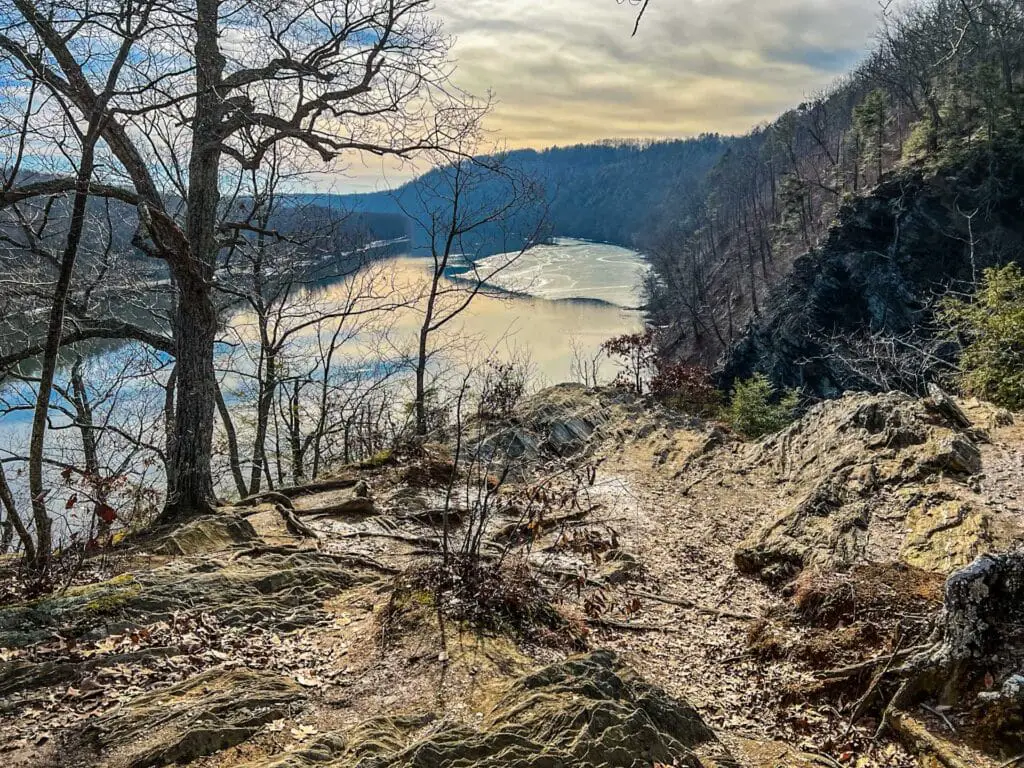
As New England residents, we’re fortunate to have many of the finest hiking trails within a reasonable drive. Despite the geographical simplicity, we make it out less often than we should. That’s why when the weather turned fair a few days after Christmas, we jumped at the chance to explore one of our bucket-list destinations, Lovers Leap State Park in Connecticut.
The appeal to Lovers Leap was simple, at least for us: we’re suckers for places that bring the feel of the past into the present and for urban legends in particular. This one is pretty cliché as things go, but still compelling for lovers of Romeo and Juliet spinoffs.
According to legend, the story begins with the great Native American Chief Waramaug. The New York Times reports that he once commanded 200 warriors during the European settlement of the northwest corner of the state, and presided over 1,000 members of a consolidated tribe consortium from area geographies.
Despite his prominence, most accounts indicate that he was friendly with the settlers, even developing a deep and abiding friendship with Daniel Boardman, New Milford’s first minister. Boardman was said to have spent many hours at the chief’s bedside during his final days.
Unfortunately, the tale of Chief Waramaug’s daughter, Lillinonah, isn’t as peaceful as that of her father. Legend says she fell in love with a white man, only to sail her canoe over the Great Falls, when she thought her lover had deserted her. The erstwhile boyfriend, returning from a trip to visit family, got there just in time to see her boat slip over the falls. He dove in to save her, but by all accounts, was never seen again.
As if in some form of cosmic retribution, the Great Falls are gone now too, swallowed up by the creation of the Stevenson Dam along the Housatonic River and the formation of Lake Lillinonah in the 1950s. Chief Waramaug has naturally passed on by now too, but you’ll find some small remnants of his days on the land in a less travelled trail extending to the southeast from the parking lot.
What remains far more prominent are the industrial remains of the early 1900s. The Bridgeport Wood Finishing Company established a factory near the site of Lillinonah’s alleged demise, using the power of the falls to grind nearby quartz into powder that was then used on ceramic and abrasive cleaning products of the time.
Eventually, Frank W. Hurd bought a portion of the property located up the mountain and built an estate that his daughter, Catherine, would eventually inherit. During her lifetime, she added another building to the estate with the formation of a tea house.
You won’t find either structure today, but the stone remains live on, a reminder that when left to her own devices, Mother Nature always reclaims what man attempts to make.

Hiking at Lovers Leap Connecticut
You’ll find a series of trails winding around Lovers Leap State Park in Connecticut. Locations are easily identified by using the parking lot and the famous iron bridge as landmarks, though finding the actual trailhead may require you to scour the brush a bit.
We left our car at the parking lot on Still River Drive. From this area you can head in one of two directions. The Waramaug Loop leads off from the restrooms and passes an old Indian Spring House. We didn’t have time to explore this loop during our visit, but reviewers at All Trails consider it a nice hike, with ok views, lots of down trees and ice during the winter.
With this in mind, we opted for the path most traveled, heading toward the large interpretive sign at the north edge of the parking lot. The trail continues off behind this sign to a series of interpretive placards along the trail’s edge. These provide the history of Lovers Leap State Park in more detail, including the stewardship of Catherine Hurd.
Just before the river, you can head off down the Old Factory Trails. This is the site of the former mill. Watch to your left for the beginning of a small trail. The old Silex factory foundations can also be viewed by looking northwest from the bridge.
Of course, one of the most recognized landmarks at Lovers Leap Connecticut is the old iron bridge. The Falls Bridge was originally built in 1895 and placed on the National Registrar of Historic Places in 1976, a year before it was closed to vehicular traffic.
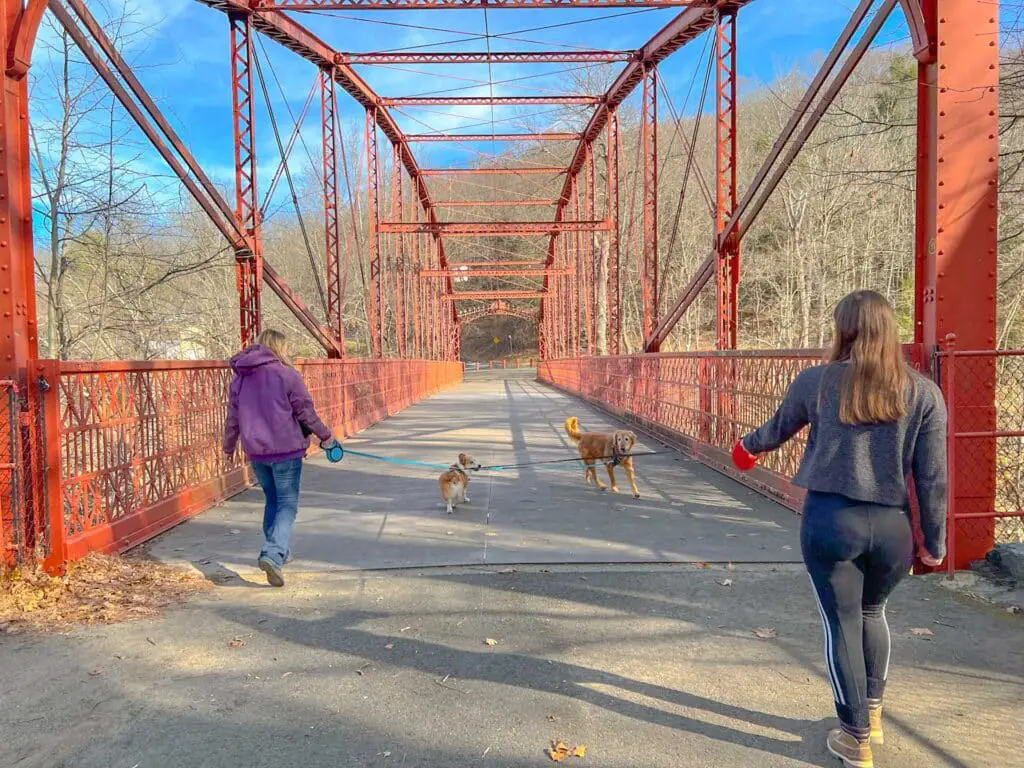
Crossing the bridge above the Still River takes you to an abbreviated parking area. We turned right to head up the hill to the Lovers Leap Lookout and a view over Lake Lillinonah. Once at the top, a rocky outcrop provides memorable views out over the water, dimmed a bit in our case by a watery sun laying weak in the sky. I imagine that trees will block some of the view in summer, but there is an option to step out further onto a ledge for better views.

Unless you like to linger and soak up tranquil scenes like this, there isn’t much more to do here after taking the trek up the hill, so we continued onward in search of the Tea House trail, known as the Castle Loop Trail in most vocabularies. Apparently, we aren’t very good at reading Connecticut DEEP maps, because we interpreted the direct left bend in the road as the trail up to the structure remains, and continued on the roadway.
As the established path narrowed and headed downward, something felt off. After all, the remains were supposed to be on the mountain above. Out of curiosity now, we continued onward to a dead end at the lake’s edge.
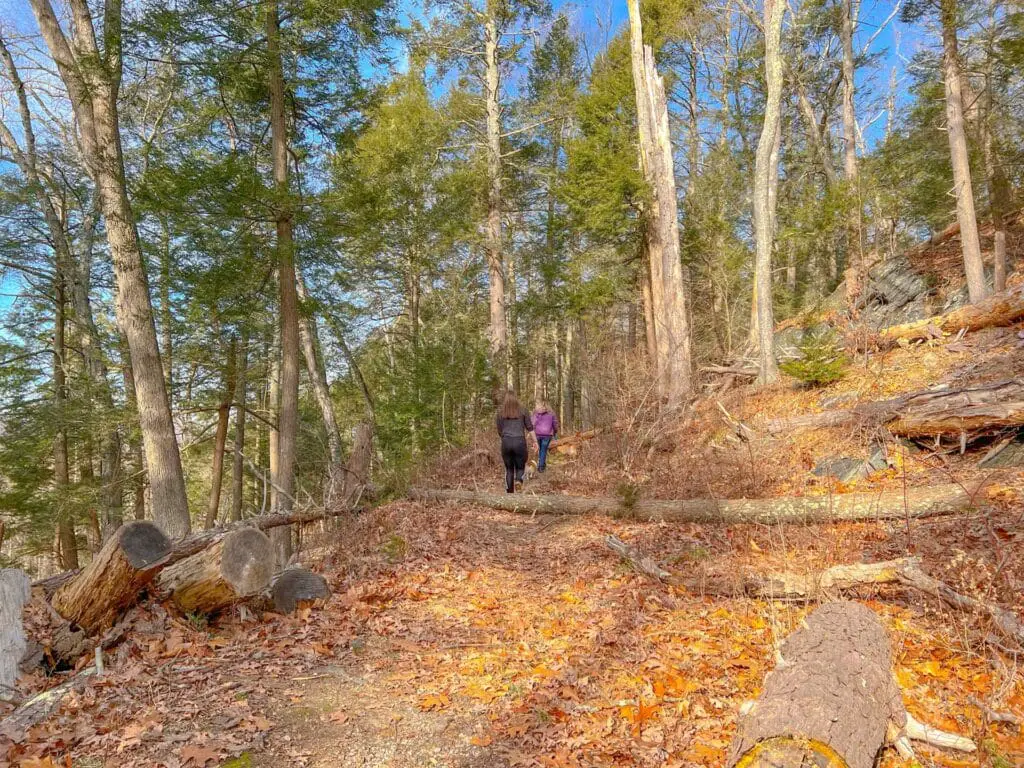
Retracing our steps, we found the correct trail across from the viewpoint, snuggled in winter debris and fallen trees. Climbing our way over trunks and rocks, we still weren’t certain we’d made the right choice until the trail eventually opened up. We were inhibited by two more fallen trees before we reached the tea house, but the trail was straightforward enough that we found the ivy shrouded remains in short order.
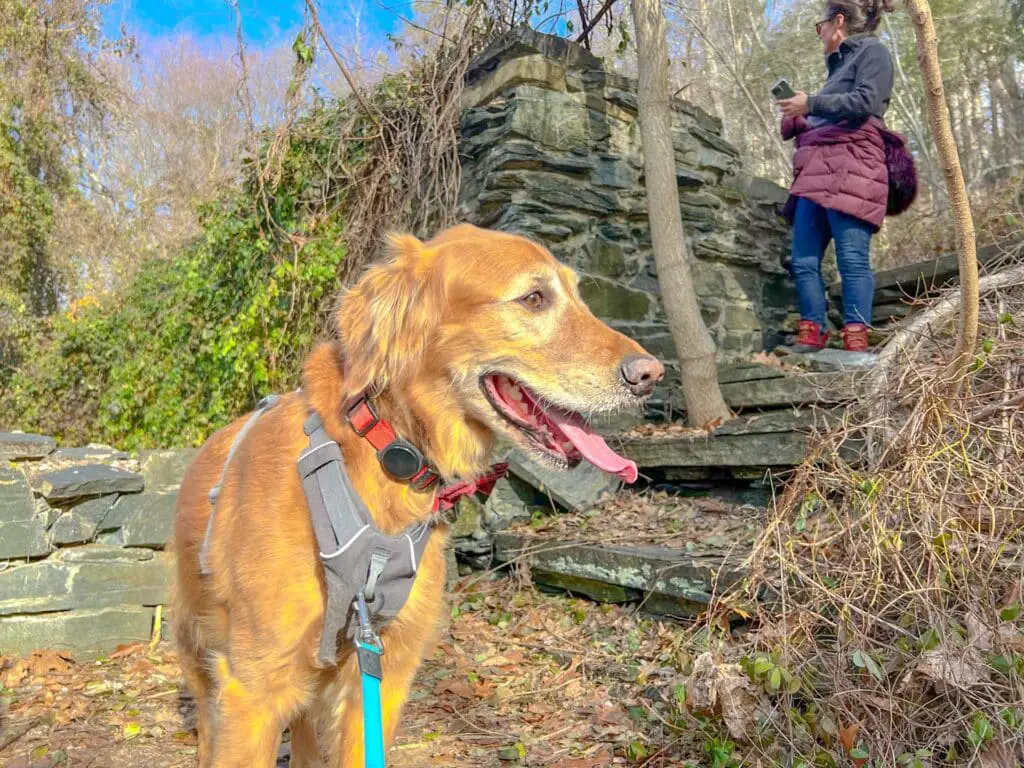
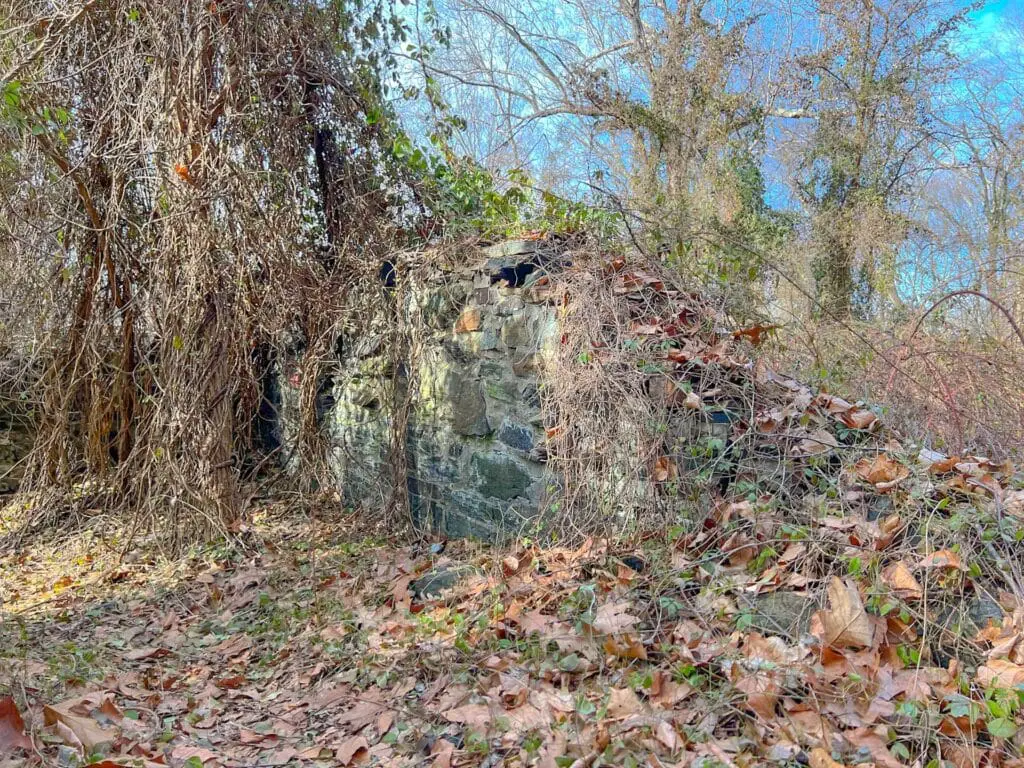
After exploring what was left, we set out on our own, ignoring the Lovers Leap State Park map this time since its myriad loops were only serving to offer confusion. We found a connection to the Falls Mountain Trail and continued up the punishing climb to the viewpoint.
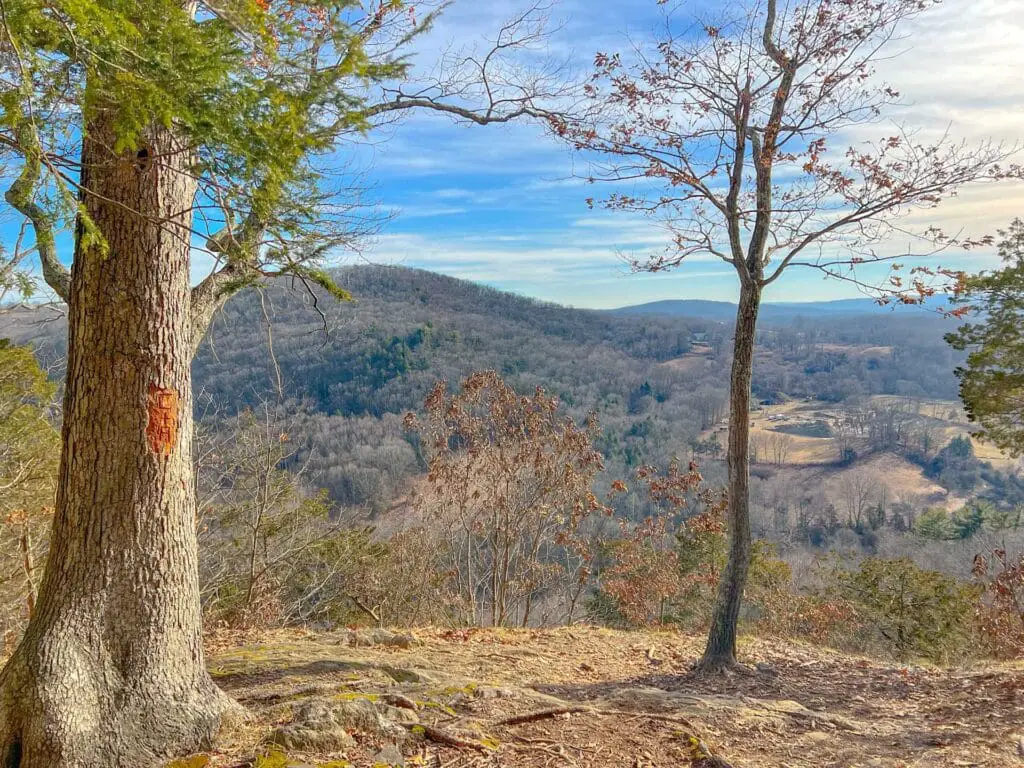
At this juncture we retraced our steps and rejoined the Castle Loop Trail, always in search for the elusive estate. We eventually found it easily enough. A small turret tower juts from the hill on one side of the path. On the other side, are the foundation and chimney remains.
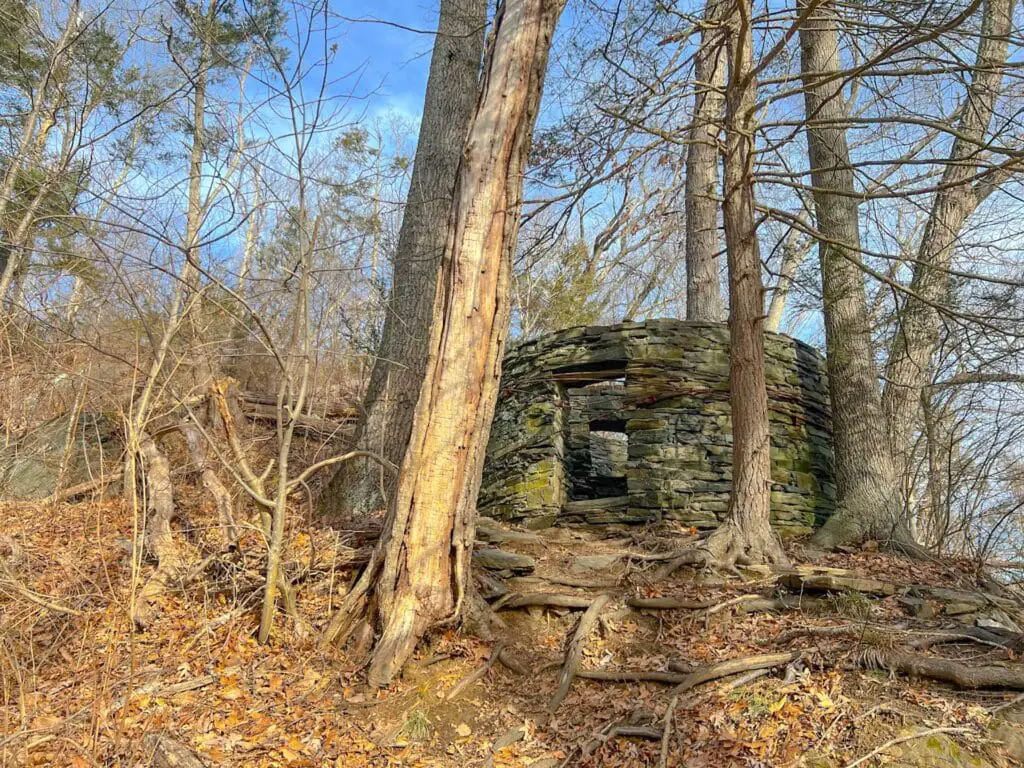
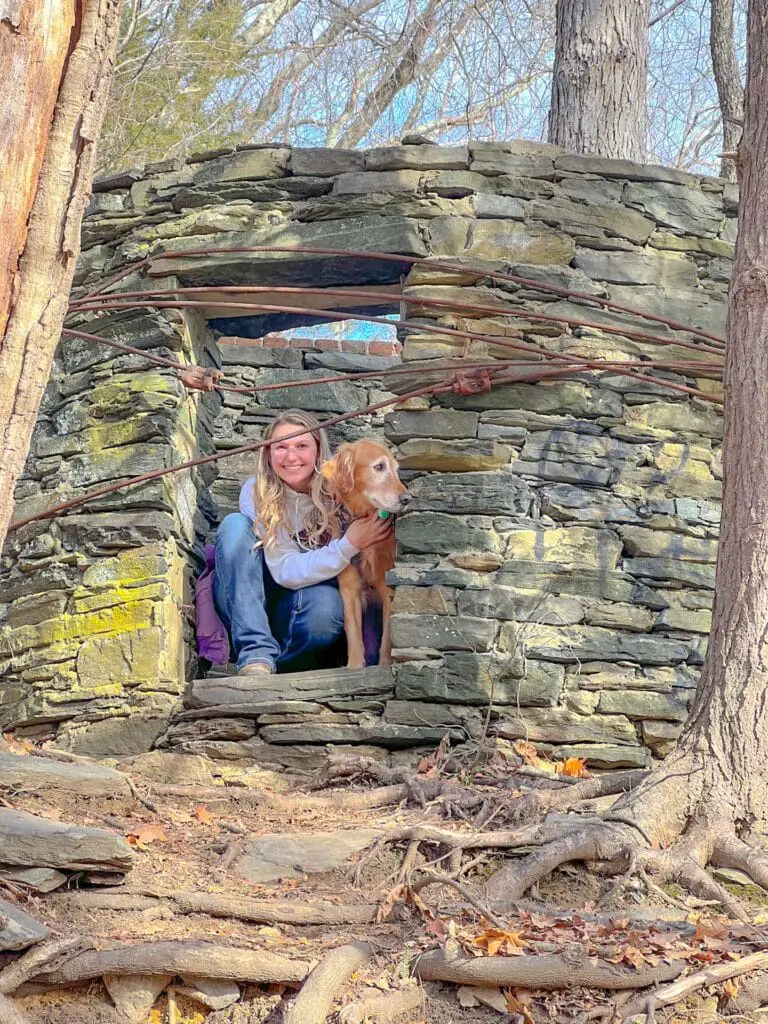
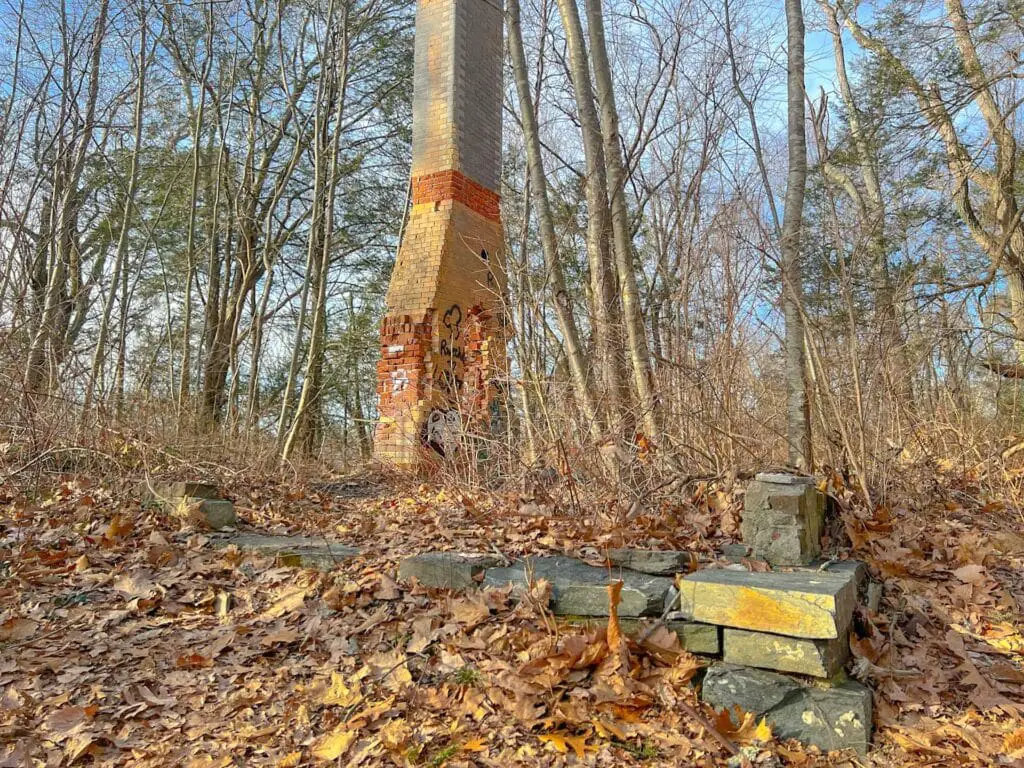
We had the place alone for most of the hike. The debris covering the trailhead had served to keep most hikers away, but we did direct a mother and son to the start of the trail on our way down. It felt nice to share it with someone, knowing that at least one other party might pay homage to Catherine’s once great estate.
More Connecticut Hiking Trails



